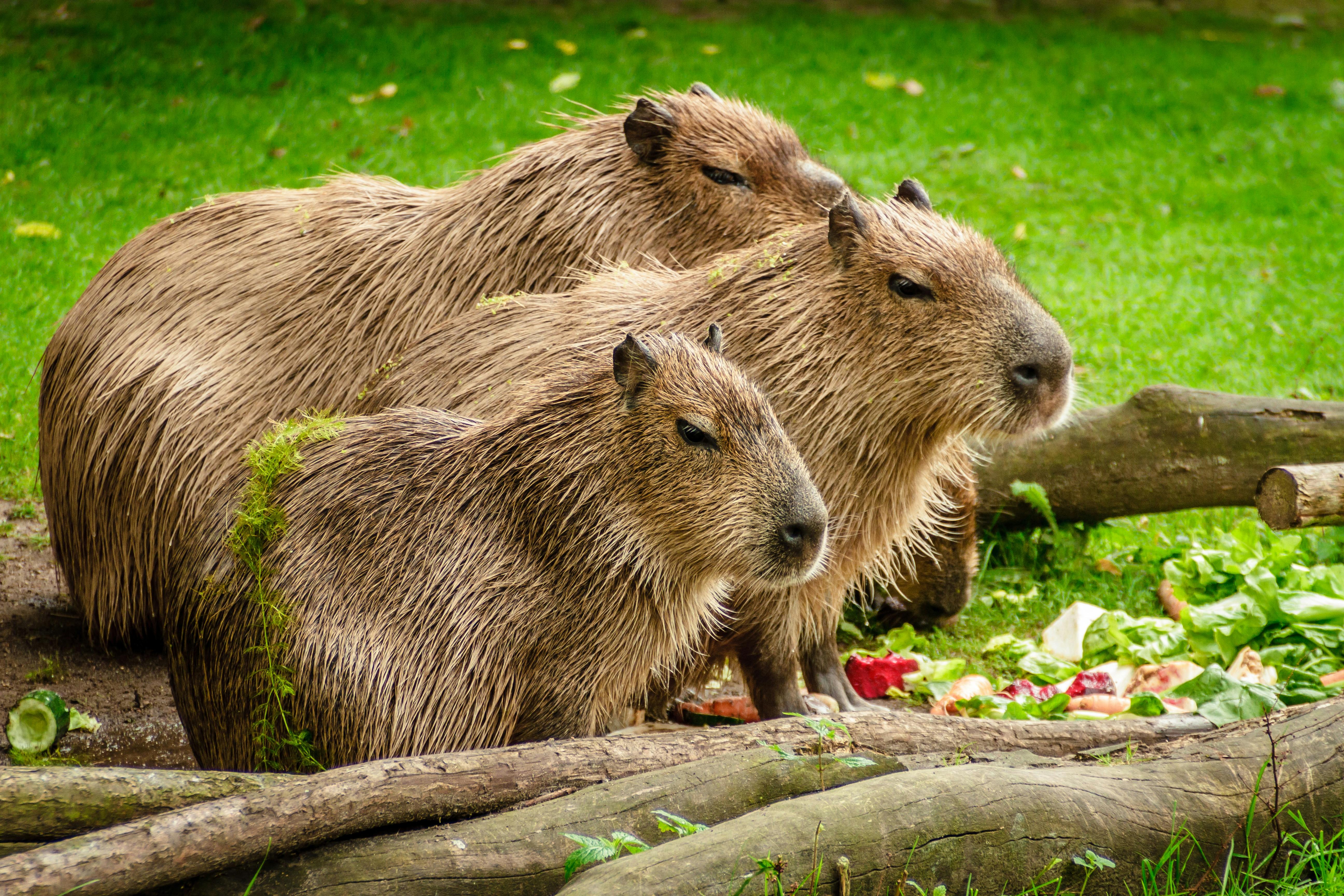Unraveling the Secrets of the Capybara: The World's Largest Rodent
The animal kingdom is a vast, diverse universe, filled with unique creatures that never cease to fascinate us. Today, we delve into the world of a unique mammal, the capybara, which holds the title of the largest rodent in the world. This article will explore the intriguing biology, behavior, and history of this remarkable creature, while keeping a keen eye on the latest developments in capybara research.

The capybara, scientifically known as Hydrochoerus hydrochaeris, is native to South America. Despite being a rodent, it has a rather unconventional appearance, resembling a giant, tailless guinea pig. Its history intertwines with the indigenous cultures of its native lands, where it was hunted for its meat and hide. However, these creatures have shown remarkable resilience and continue to thrive in their natural habitats.
In recent news, a surge in capybara sightings in urban areas has sparked interest among animal enthusiasts and conservationists. This phenomenon is believed to be due to the encroachment of human activity into capybara habitats, forcing these creatures to adapt to urban living. In some cases, they’ve even been spotted lounging in public swimming pools!
When it comes to capybara products, you’re more likely to find them in the pet industry rather than consumer goods. Capybaras have become popular pets in some countries, fetching a price range of $500 to $1,500. This trend has stirred discussions on the ethical implications of owning exotic animals, highlighting the need for responsible pet ownership.
Extensive research has been done on capybaras, shedding light on their unique biological features. They are semi-aquatic creatures, equipped with webbed feet for swimming. They also have a highly specialized diet of grasses and aquatic plants, which plays a crucial role in maintaining the health of their large, continuously growing teeth.
Despite their size, capybaras are known for their gentle and sociable nature. They live in groups and have complex social structures. Recent studies have even suggested that capybara groups exhibit cooperative behaviors, such as shared parenting and group vigilance against predators.
The world of the capybara is a fascinating study in adaptation, resilience, and social complexity. As we continue to explore this remarkable creature, we deepen our understanding of the intricate dynamics of nature and the delicate balance that sustains it. Through the capybara, we are reminded of the endless wonders that the animal kingdom holds, and the responsibility we bear to protect it.
In conclusion, the capybara is a testament to the rich diversity and resilience of the animal kingdom. As we continue to unravel its secrets, we are reminded of the delicate balance that sustains life on Earth and our shared responsibility to ensure its preservation.




